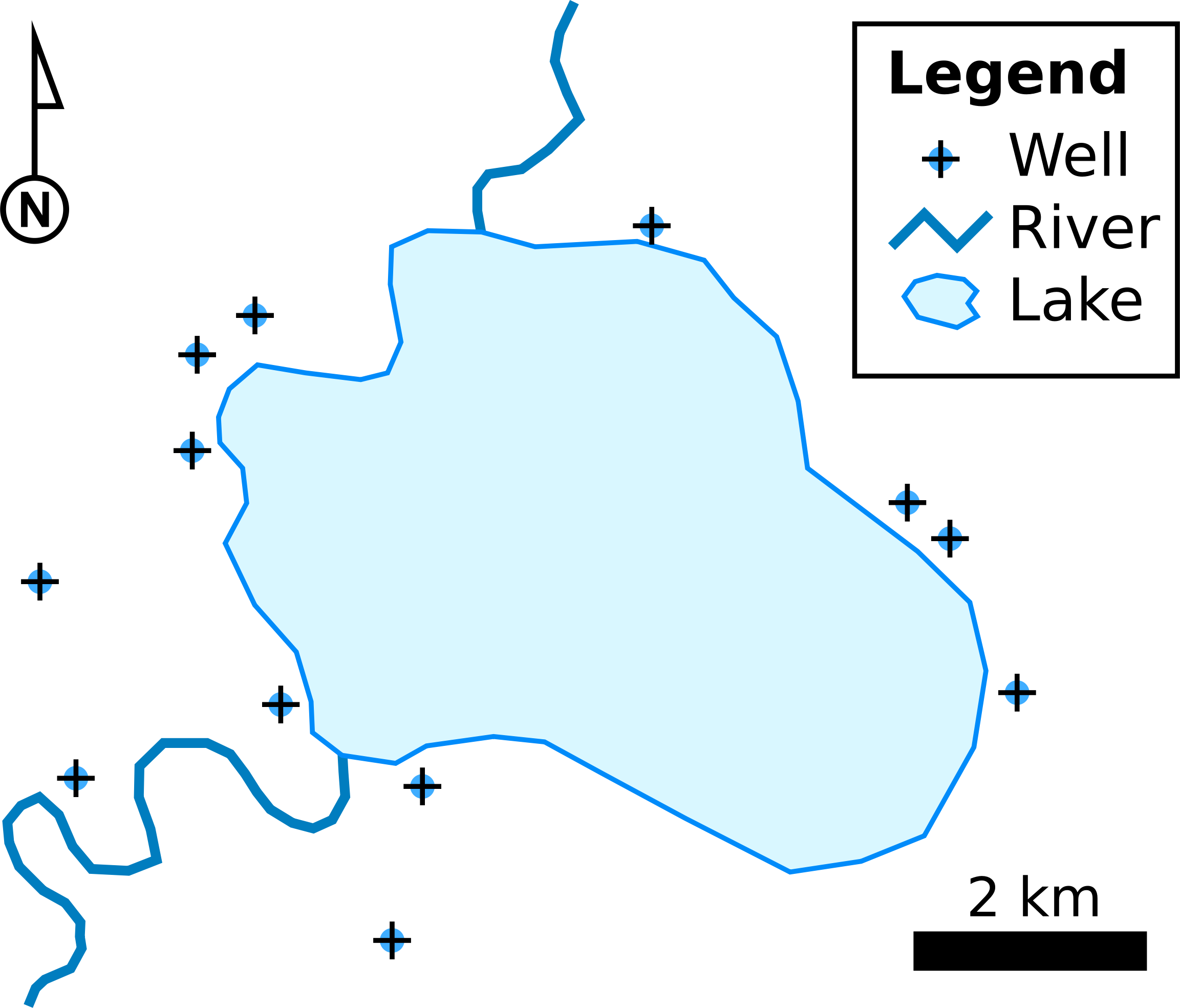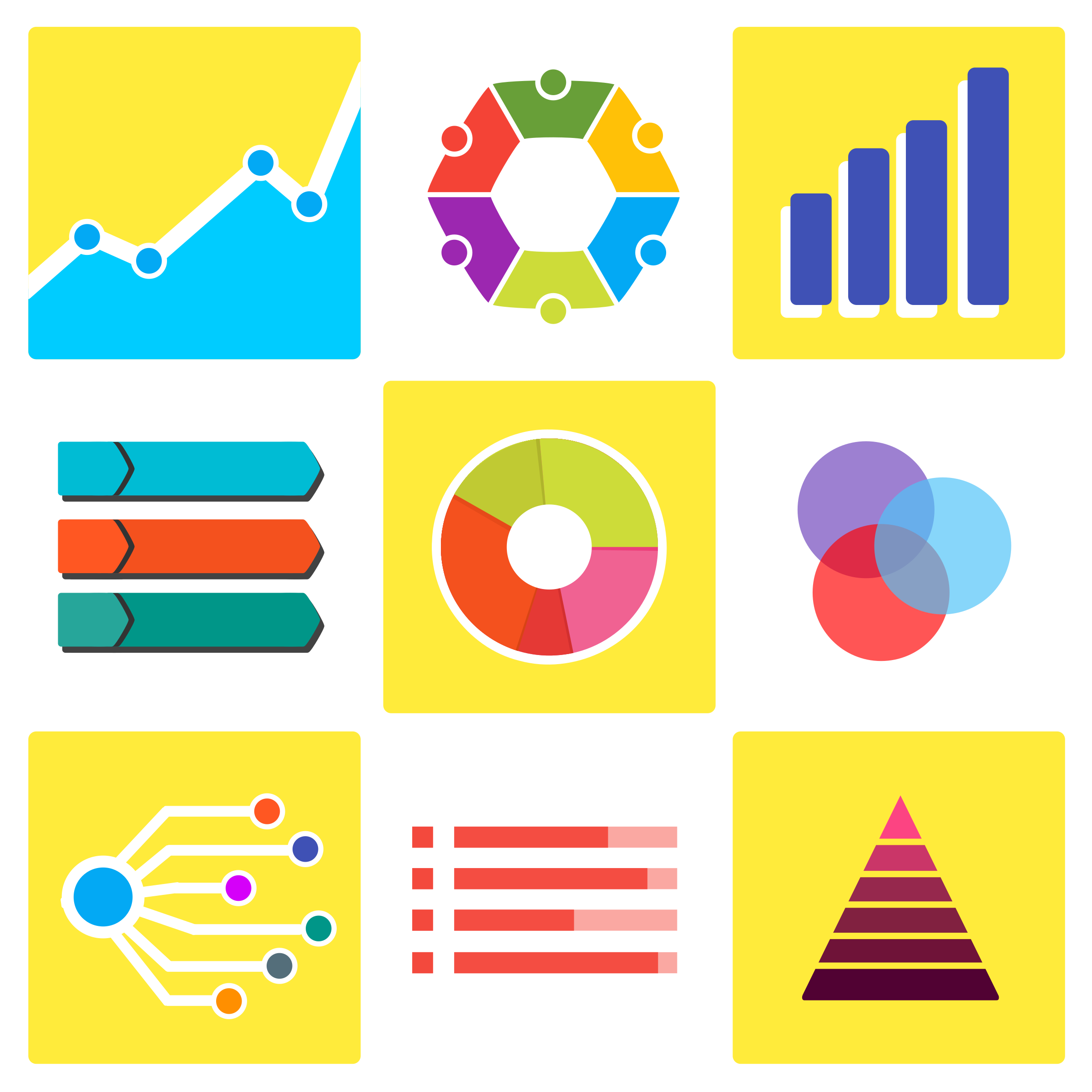During the fourth industrial revolution, data is the most-produced raw material. This means that the skills and the ability to obtain information from them represent the greatest market and research potential. Spatial data in the eyes of geostatistical interpretation is the basis of all the steps of progress.
Many questions can get good answers only with the help of maps. In this case, a map is a product which has answers. A question in this case is a bridge, that links data and the answers.
STAGE II is a tool for the dissemination and visualization of geospatial statistical data. In the Education corner, we will present some thought patterns, tools and skills that lead from asking a question to data processing and answers, based on data obtained on STAGE II.
Finding the right answers to spatial questions requires a geoinformatical approach. In the following chapters, we will present what this means and how to start geoinformatical play.

As we have already mentioned, the first step towards the products is asking some questions. If we want to understand where our question is leading, we must first understand the available data, the capabilities of the tools for their processing and the methodology for carrying out the analysis.
E.g. It is difficult to ask "what is the distance of bus stations from the primary schools?", if we do not know that:
- there is data showing locations of bus stations and locations of primary schools
- there are tools that can calculate the distance between objects
The same applies in case of displaying and processing geospatial statistics. We need to identify, understand and design the data according to our needs.
So the first step is knowledge of databases, where we can access the desired data (such as STAGE II, Eurostat, etc.). The second step is to understand the obtained data (the territorial unit, the purpose of their production, the accuracy, etc.). The third step is data processing (geometry, attributes). The fourth step is to generate results and use them.
In the following chapters, we will present concrete examples of some steps which will help you to make your next official or school report a stronger tool.
